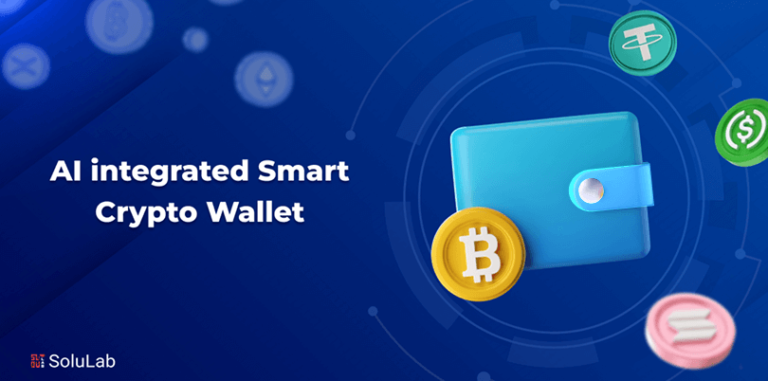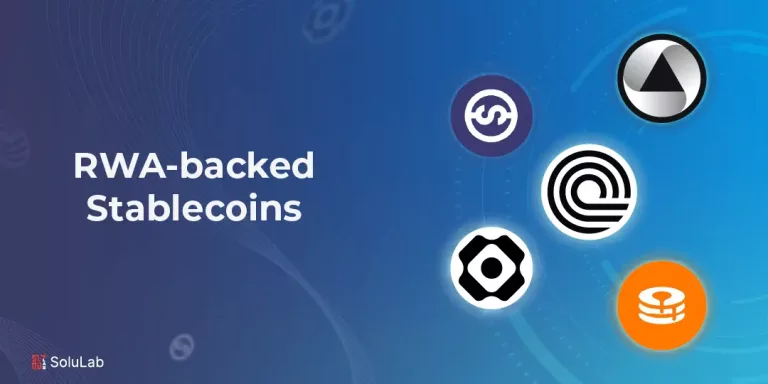
Uber has reinvented transportation. That is an overstatement if we do not look behind the scene to see how Uber has created this turnaround. This company makes it simple for a user to book an Uber – To make this possible, the company collects big data and employs data science. In light of what Uber has accomplished, businesses utilizing their valuable asset, data, and continuously employ data science are surging ahead to beat the competition by a mile.
From making better decisions, defining goals, identifying opportunities and classifying target audience to choosing the right talent, data science offers immense value to businesses. How do companies gain industry-specific insights from data science?
MANUFACTURING INDUSTRY’S GAIN FROM DATA SCIENCE
Data science is creating insight-driven manufacturing. The compelling data science story of Ford indicates how manufacturers take advantage of data. From wireless connections to in-vehicle sensors, Ford is leveraging advancements to gain insights into driver behavior and improve production times.
Manufacturers use high-quality data from sensors placed in machines to predict failure rates of equipment; streamline inventory management and optimize factory floor space. For long, manufacturers have been seeking to address equipment downtime. The advent of IoT has allowed manufacturers to make machines talk with one another – the resulting data is leveraged through data science to reduce unplanned equipment downtime.
Dynamic response to market demands is another challenge faced by this industry – Line changeover is at the heart of assuring dynamic response; manufacturers are now using the blend of historical line changeover data analysis with product demand to determine effective line transitions. The combination of statistical models and historical data has helped anticipate inventory levels on the shop floor – Manufacturers can determine the number of components required on the shop floor.
DATA SCIENCE ENTERS EVERY OPERATION IN RETAIL
The retail industry is picking nuggets of wisdom from data that is growing exponentially by leveraging data science. Data Scientists at Rolls Royce determine the right time for scheduling maintenance by analyzing airplane engines data. L’Oreal has data scientists working to find out how several cosmetics affect several skin types.
Take customer experience for instance. Retailers now lean on predictive analytics to improve customer experience across devices and channels. Sentiment analysis of product reviews, call center records and social media streams allows the retail industry to gain market insights and customer feedback.
On the Merchandizing front, retailers make good use of video data analysis to identify cross-selling opportunities as well as shopping trends. They learn behavioral patterns from heat sensors and image analysis for promotional displays, improved layouts and product placements. With the product sensors, they gain insights on post-purchase use.
When it comes to marketing, retailers are leveraging data science to ensure personalized offers reach customers’ mobile phones. Retailers promote real-time pricing, run targeted campaigns to segmented customers through appropriate channels and provide tailored offerings through web analytics and online behavioral analysis.
Data science also helps retailers benefit from real-time inventory management and tracking. GPS-enabled big data telematics help optimize routes and promote efficient transportation. Retailers are exploiting unstructured and structured data to support demand-driven forecasting.
DATA SCIENCE EFFECT ON FINANCIAL SERVICES SECTOR
Financial services companies are turning to data science for answers – leveraging new data sources to build predictive models and simulate market events, using NoSQL, Hadoop and Storm to exploit non-traditional data sets and store different data for future analysis.
Sentiment analysis has risen into another valuable source to achieve several objectives. With sentiment analysis, banks track trends, respond to issues, monitor product launches and enhance brand perception. They make the most of the market sentiment data to short the market when some unforeseen event occurs.
Data science comes to life to automate risk credit management. Take Alibaba’s Aliloan for instance. The automated online system disperses loans to online vendors that face the ordeal of obtaining loans. Alibaba analyses customer ratings, transaction records and other information from data gathered from payment as well as e-commerce platforms to know if a vendor is trustworthy. Financial institutions are utilizing innovative credit scoring techniques to promote automated small loans for the suppliers.
Real-time analytics serve financial institutions’ purpose in fighting fraud. Parameters like spending patterns, account balances, employment details and credit history among others are analyzed by banks to determine if transactions are fair and open. Lenders get a clear understanding of customer’s business operations, assets and transaction history through credit ratings that are updated in real time.
Data science also helps financial institutions to know who their customers are – in turn, offer customized products, run relevant campaigns and build products to suit customer segments. Where cutting down risks is an imperative for financial institutions, predictive analytics serves their purpose to the hilt.
TRAVEL INDUSTRY’S JOURNEY WITH DATA SCIENCE
We have moved away from the time when travel companies created customer segments. Today, they get a 360-degree view of every customer and create personalized offers. How is this possible?
Travel companies use a combination of datasets from social media, itineraries, predictive analytics, behavioral targeting and location tracking to arrive at the 360-degree view. For instance, a customer visiting Facebook pages on Zurich can be attracted with discounted offers on flights to Switzerland.
Delta Airlines had planned to give phablet to 19,000 flight attendants. By this way, flight attendants would capture customer preferences and previous travel experiences to provide personalized experiences. The key here is to get a single view of the client.
Big data creates a significant difference for travel companies to promote safer travels. The sensors from trains and other automobiles provide real-time data on various parameters along the journey. This way, companies can predict problems, and more importantly, prevent them. By integrating historical data, advanced booking trends as well as customer behavioral data, travel companies ensure maximum yield, with no vacant seats. Predictive algorithms are proving useful to send drivers to the available parking stations. Data from sources on wind, weather and traffic are being used to predict fuel needs and delays.
Businesses use data science in a number of ways. Data science is here to give a better picture of the business– move from the static to dynamic results.




